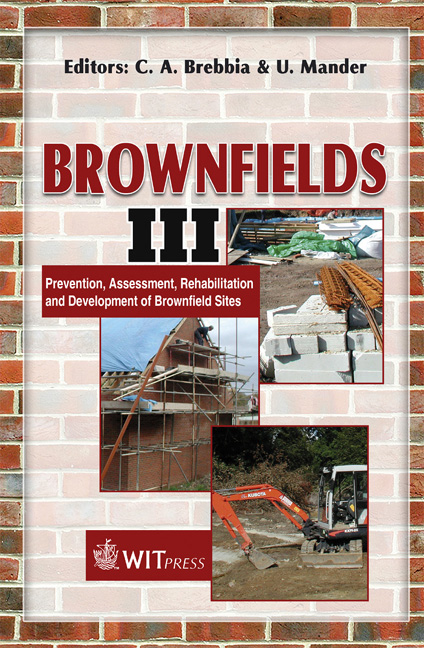Defence Heritage Moves On To Civilian Futures
Price
Free (open access)
Transaction
Volume
94
Pages
11
Published
2006
Size
425 kb
Paper DOI
10.2495/BF060191
Copyright
WIT Press
Author(s)
C. Clark
Abstract
Significant historic sites associated with national defence are on the closure list in many countries, as armed forces are reduced and regrouped. This paper draws on recent experience of their conversion to civilian uses in the US and Europe. Government and independent research devoted to this specialised area has appeared in England, France, Germany and the US, although the topic is still rarely explored. In the 1990s, English Heritage produced thematic studies of dockyards, barracks and subsequently airfields to identify important examples of building types worthy of preservation. The UK Ministry of Defence produces annual Stewardship reports on the defence estate. In 2002 the French Ministry of Defence celebrated its heritage in a lavishly illustrated book: Patrimoine militaire (Editions Scala, Paris). The Bonn International Center for Conversion (BICC) does pioneering work on decontamination and the economic effects of closure upon defence dominated communities. In the 1988–1995 rounds of the US Base Realignment and Closure process used by the Department of Defense were used to review and restructure its military installations, and the US House Armed Services Subcommittee on Readiness have held hearings on the management of historic military properties and installations. Countries differ considerably in the regulations which govern the transitional process to new uses. How defence sites are disposed of – by free transfer, development by the local authority, public private partnership, or sale to the highest bidder – has a strong influence on the power of different parties to influence decision-making and hence on the outcomes and new land uses. This rapidly moving and widespread process is still not much studied. There is little interchange between countries undergoing similar experiences, the importance of historic defence sites to their local communities is both cultural and social. More needs to be done to share good practice in this most important of transitions.
Keywords




